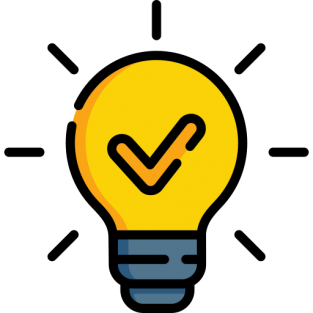Today, I will show you how you can improve your understanding in Portuguese, your pronunciation and increase your vocabulary knowledge with one single exercise!
It’s a very simple exercise, but it requires dedication and a technique.
We will work with a fragment of a Brazilian short story. This is a part of the short story “Corujas” by Caio Fernando Abreu – a contemporary Brazilian writer.
The PDF of the text is here:
When doing a reading exercise, to improve oral comprehension and pronunciation, the ideal is to work with a text that has audio.
I’ll explain why:
First, because the only way of getting a better oral comprehension is by improving your listening skills. So you have to listen to audios in the target language as much as you can.
Second, because with a text in hand and listening to its audio, you can do an exercise called imitation, in which you will imitate what you listen, both pronunciation and intonation, and as an outcome your pronunciation becomes better.
So, let’s get started with our exercise and you will understand while we do it!
To improve understanding:
Task #1: Read the text in a low voice
Read the text once in a low voice. Pay attention to the words you read, but don’t get worried about understanding what you are reading. This first reading is just a preparation, so you can start becoming familiar with your text. You can repeat it if you want before going to next task.
Task #2: Listen to the audio and read the text.
Play the audio and follow it with the text. Now you will become familiar with the sound of the words.
Repeat this task at least 3 times (depending on the size of your text – that’s why I recommend starting with a small one). Or repeat as many times as you want.
Task #3: Read the text again. Now focus on understanding the main topic.
Now that you are much more familiar with the text, try to summarize for yourself the main topic of the text. You can also write a small paragraph (in your language, if you want) in your own words explaining what you have understood from the text.
To increase vocabulary:
Task #4: Read the text again! Now you are going to work on the words you don’t know!
Underline a maximum of 10 words (or expressions) that you do not know the meaning. They can be nouns, adjectives, verbs, adverbs, conjunctions, anything. But don’t highlight more than 10. Today, work on these 10 new words or expressions. Tomorrow, come back to this text (if there are much more than 10 that you don’t know) and do this step again. Take it easy with yourself, otherwise you will give up. Believe me!
If you find 10 too much for you, highlight 5. No problem at all!
After highlighting the words in the text, let’s add them to any SRS app. I use ANKI. And there is a class on Youtube where I teach how to study with it. This will help you to never forget the words you learn (but of course, it’s not magic, you need to work on them!).
Watch the class here: ANKI CLASS
SRS is an acronym for Spaced Repetition System. It helps your long term memory to record things that are only in your short term memory and will be deleted by your brain soon.
But something very important here: you need to review the words you add to this app everyday. It doesn’t take too much time!
To improve pronunciation:
Task #5: Listen to the audio again.
Now let’s focus only on improving your pronunciation. Listen again and read the text. Try to memorize the pronunciation of the words you find harder. Repeat them out loud. Repeat this task as many times as you need!
Task #6: Read the text out loud and record yourself.
Now that you have listened to the task many times, it’s time to record yourself reading the task. Don’t worry. You don’t have to show it to anyone. It’s for your self evaluation. Listen to your recording and then check it with the original audio. Do you find it similar? Do you think it needs any improvement? If you do, listen again and record yourself another time!
Now that we have done all of this, answer me: did you like this exercise? Do you do reading exercises often? How do you do it? Let’s exchange experiences. Leave a comment below!!!
Hey,
o que você achou deste conteúdo? Conte nos comentários.






